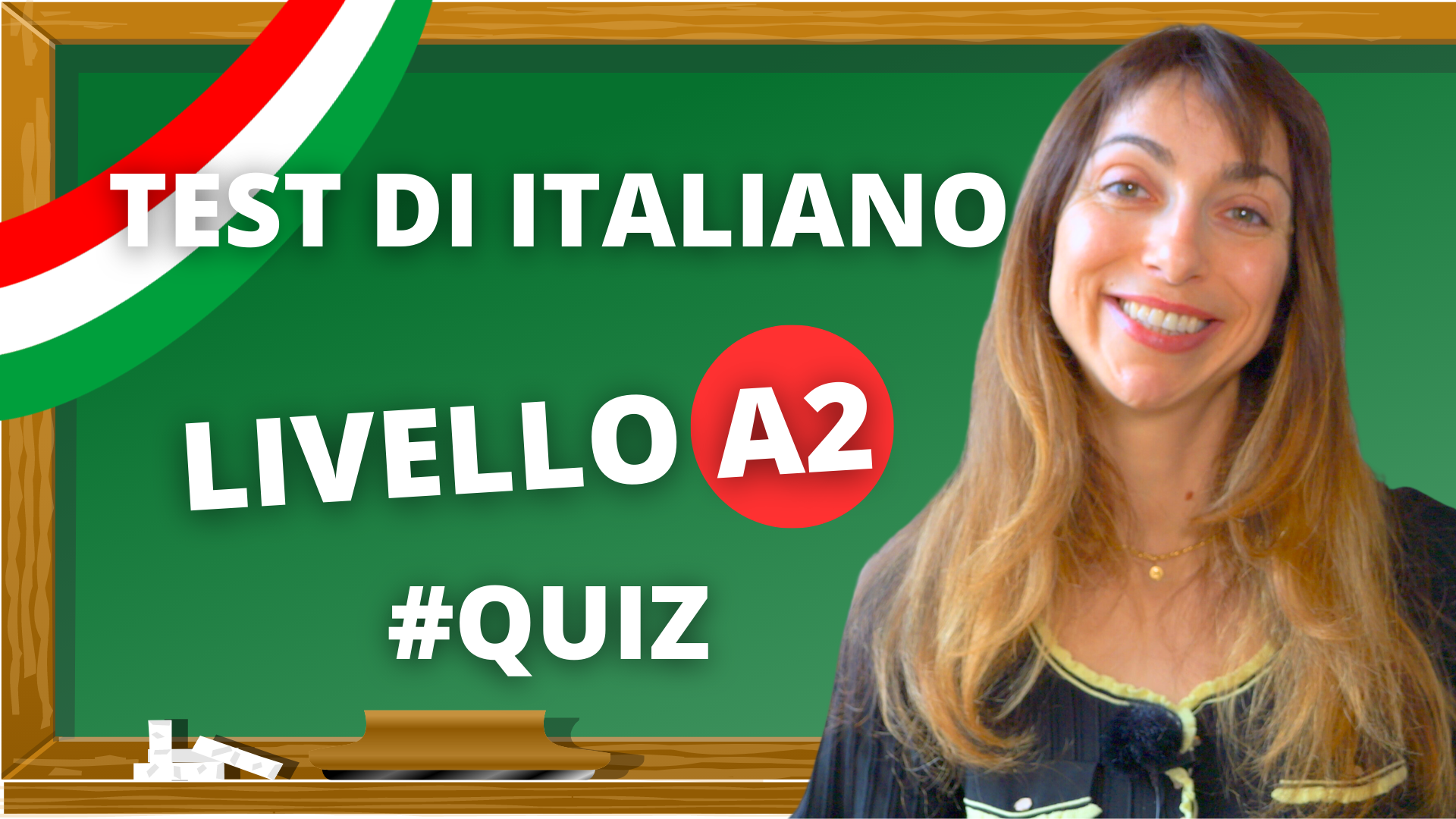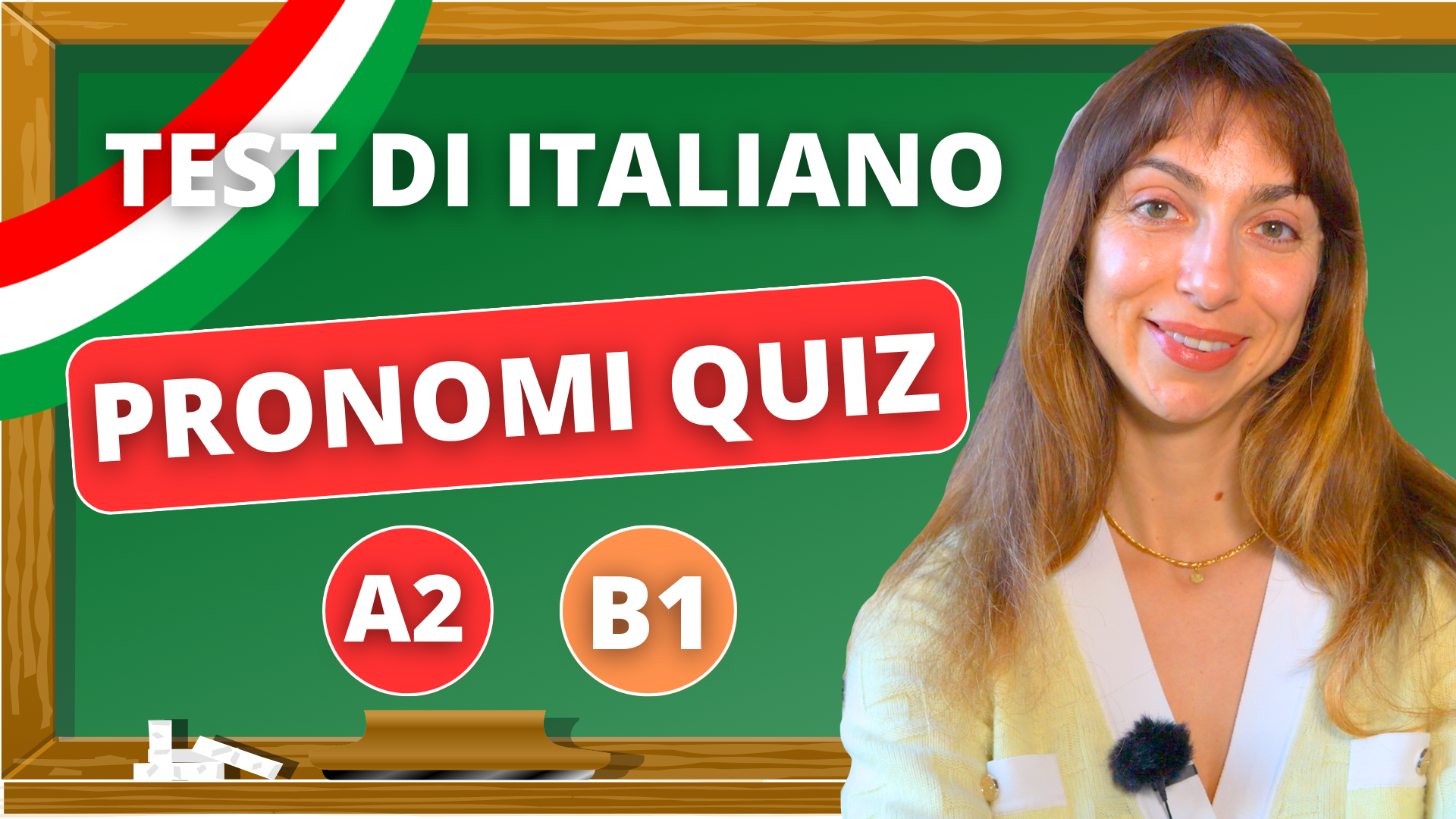How Long Does it Take to Learn Italian: A Guide to Understanding the Process
Thinking to learn Italian and wondering how long would it take you? You’re in the right place.
Table of Contents
Italian is a beautiful and romantic language that has captivated the hearts of many people around the world. This article provides a comprehensive guide to help you understand the time and effort required to become proficient in the language.
The Time and Effort Required to Learn Italian
According to language experts, it takes an average of 600-750 hours of study and practice to become proficient in Italian. This estimate is based on a student dedicating 15 hours per week to studying and practicing the language. However, the actual time it takes to learn Italian can vary greatly depending on the factors discussed above.
Reaching different levels of proficiency in Italian can also vary in time and effort. For example:
- Basic level: expect to learn basic vocabulary, simple grammar, and hold simple conversations. This level can typically be reached within 100-200 hours of study and practice.
- Intermediate level: expect to have a comprehensive understanding of grammar, a larger vocabulary, and hold conversations with confidence. This level can typically be reached within 200-400 hours of study and practice.
- Advanced level: expect to have a near-native level of proficiency, including mastery of complex grammar structures, a vast vocabulary, and the ability to understand and produce complex speech. This level can typically be reached within 400-750 hours of study and practice.
It’s important to keep in mind that these are rough estimates. The actual time it takes to reach different levels of proficiency in Italian may vary greatly depending on your prior knowledge of languages, motivation, dedication, and the resources you use to learn.
Factors That Affect the Learning Process
There are many factors that can affect the time it takes to learn Italian: including your prior knowledge of languages, your motivation and dedication, and the resources you use to learn. For example, if you already speak a Romance language, such as Spanish or French, you may find it easier to learn Italian. There are indeed many similarities between these languages. On the other hand, if you have no prior knowledge of languages, it may take longer to become proficient in Italian.
Another important factor is your motivation and dedication. If you’re highly motivated and dedicated to learning Italian, you may find that you learn faster and retain more information.
Finally, the resources you use to learn Italian can also play a role in how long it takes to become proficient. For instance, a tutor or language exchange partner speeds up learning by providing opportunities to practice speaking and listening in real-life situations.
It’s important to remember that each person is different and may require a different approach to learning Italian. Some people may find that they learn faster through structured lessons and exercises, while others may find that they learn best through immersion and real-life practice. The key is to find what works best for you and to stick with it. So, don’t be afraid to experiment and try different methods until you find the one that works best for you.
Common Points between Italian and English
For English speakers, learning Italian can be a bit easier due to the presence of some common points between the two languages. For example, many Italian words are borrowed from English, such as “computer,” “internet,” and “basket.” Additionally, both Italian and English use the Latin alphabet. Making it easier for English speakers to learn the written form of Italian.
Another common point between Italian and English is the use of grammatical structure. Both languages use subject-verb-object (SVO) sentence structure. This means that the subject of the sentence comes first, followed by the verb, and then the object. This similarity can make it easier for English speakers to understand the basic structure of Italian sentences.


